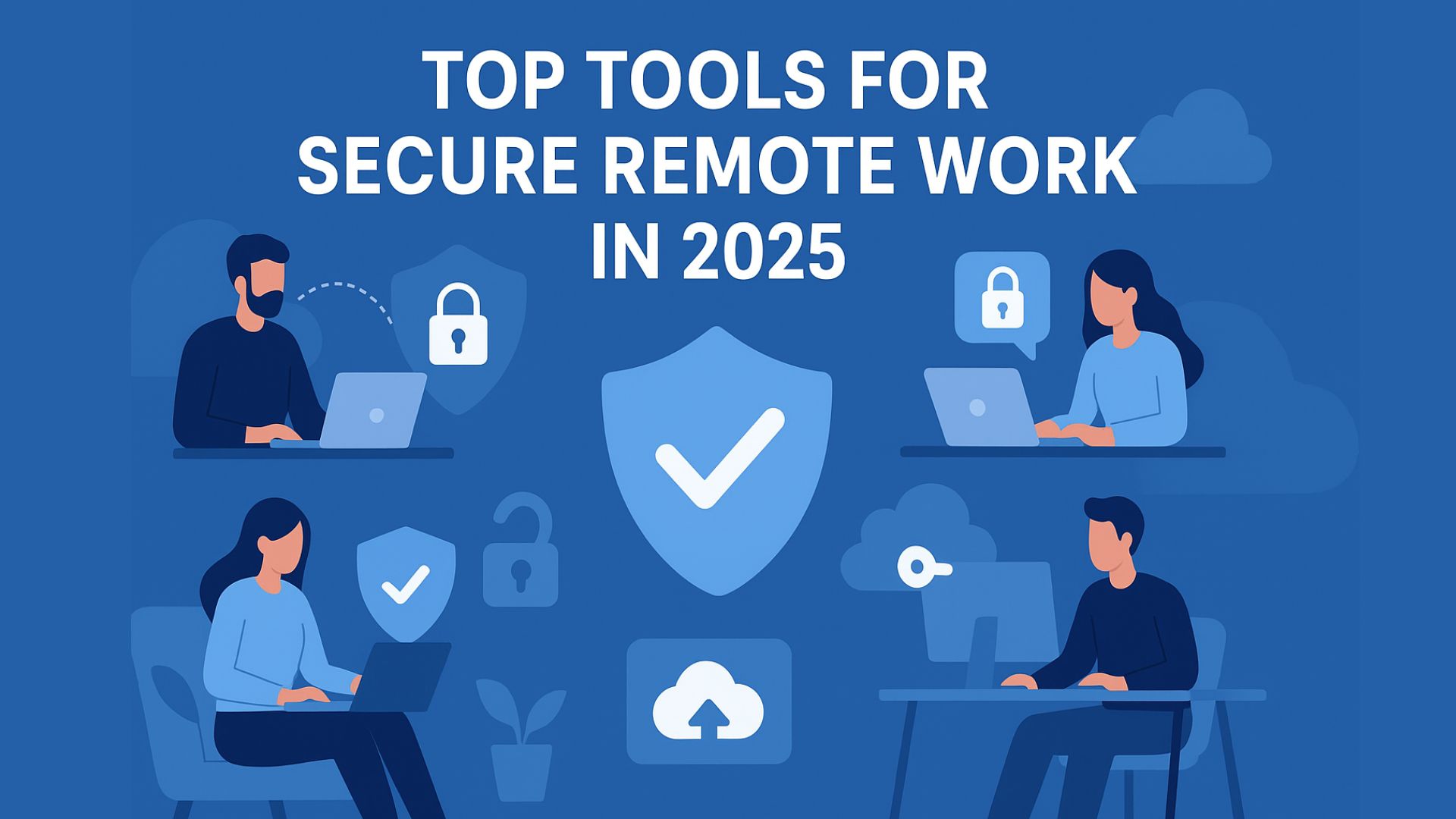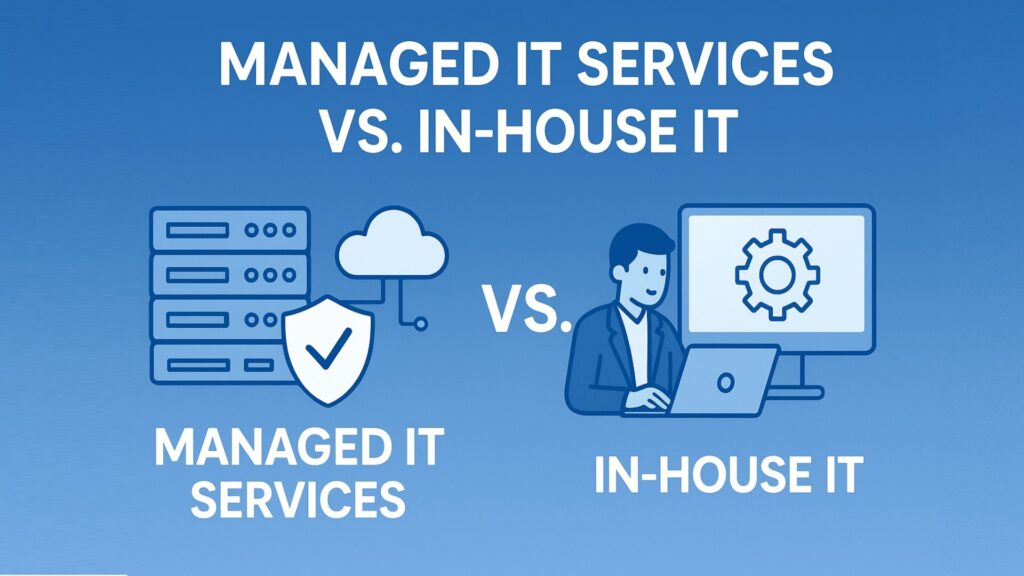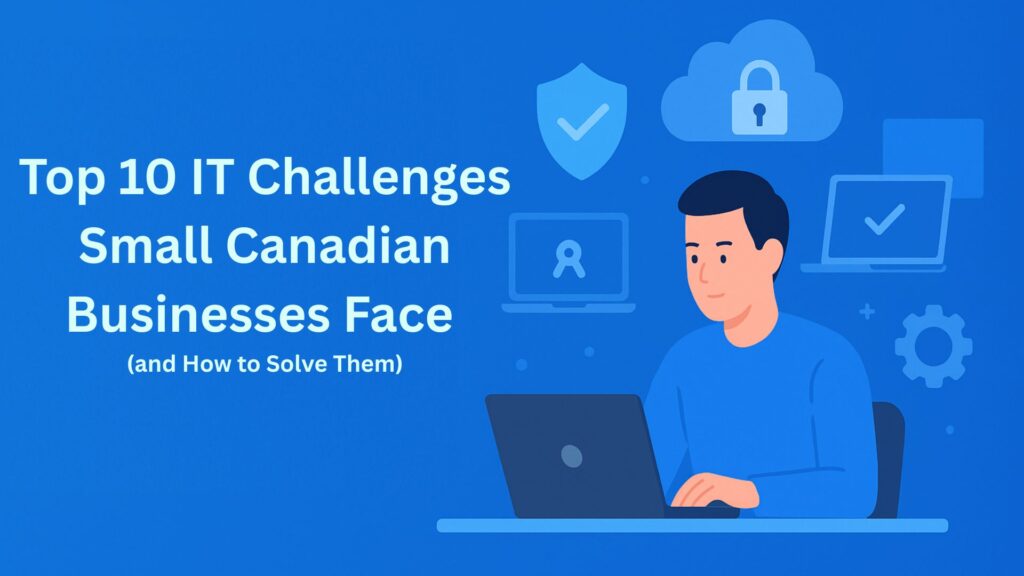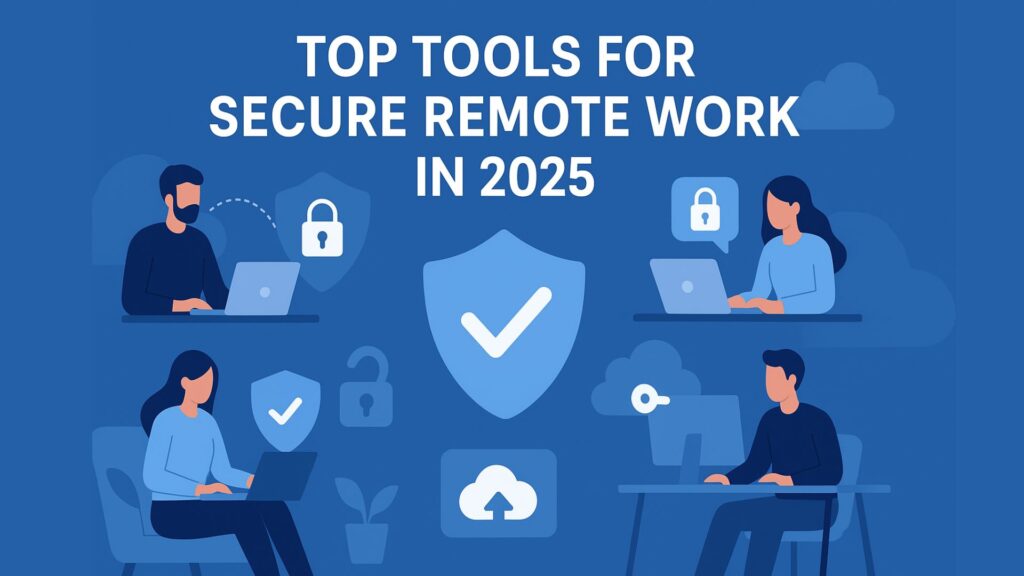Top Tools for Secure Remote Work in 2025
Poindexters Lab
November 4, 2025

Remote and hybrid work have become the new standard for Canadian businesses. But as employees log in from different locations and networks, security challenges continue to grow. In 2025, the focus isn’t just on enabling remote work—it’s about doing it securely.
From encrypted communication platforms to advanced endpoint protection, here are the top tools your business needs to maintain productivity and protect sensitive data while working remotely.
1. Zero Trust Network Access (ZTNA)
Best Tool: Cisco Duo, Zscaler, or Perimeter 81
ZTNA tools replace traditional VPNs by verifying every user and device before granting access—no matter where they are.
Why it matters: Protects company systems from compromised devices and unauthorized access.
Bonus: Scales easily as your remote workforce grows.
2. Secure Communication Platforms
Best Tool: Microsoft Teams, Zoom for Business, or Slack Enterprise Grid
A good communication tool does more than connect people—it encrypts conversations, files, and video calls.
Why it matters: Prevents sensitive information from leaking through unsecured chat or email.
Pro Tip: Always enable multi-factor authentication (MFA) on communication apps.
3. Cloud-Based File Sharing and Backup
Best Tool: OneDrive for Business, Google Workspace, or Dropbox Enterprise
Cloud storage allows teams to collaborate in real time—but only if it’s properly secured.
Why it matters: Files remain protected with encryption, access controls, and version tracking.
Pro Tip: Integrate file sharing tools with your organization’s data loss prevention (DLP) policies.
4. Endpoint Protection and Device Management
Best Tool: Microsoft Intune, CrowdStrike Falcon, or Sophos Intercept X
With employees using personal and company devices, endpoint protection ensures that every device connected to your network is monitored, updated, and secure.
Why it matters: Prevents malware, ransomware, and unauthorized access on BYOD setups.
Pro Tip: Choose a solution that includes mobile device management (MDM) for full control.
5. Password and Identity Management
Best Tool: LastPass Business, 1Password, or Okta Identity Cloud
Weak or reused passwords are one of the leading causes of data breaches.
Why it matters: A password manager enforces strong credentials and provides secure single sign-on (SSO) across platforms.
Pro Tip: Use biometric authentication where possible.
6. Virtual Private Networks (VPNs)
Best Tool: NordLayer, Fortinet, or Palo Alto GlobalProtect
VPNs still play a vital role in creating encrypted tunnels for internet traffic, especially for remote staff accessing internal systems.
Why it matters: Protects against data interception and insecure Wi-Fi networks.
Pro Tip: Pair your VPN with endpoint monitoring for layered security.
7. Collaboration and Project Management Platforms
Best Tool: Trello, Asana, or Notion Enterprise
Security isn’t only about data—it’s also about workflow control.
Why it matters: Centralized tools reduce the risk of scattered, unsecured documents and help maintain productivity.
Pro Tip: Restrict external sharing and set granular permissions.
Conclusion:
In 2025, secure remote work depends on the right mix of technology and strategy. Businesses that adopt Zero Trust frameworks, endpoint security, and encrypted communication tools will not only protect their data but also build trust with clients and employees.
At PDEX, we help businesses implement end-to-end secure remote work solutions, including device management, cloud security, and managed IT support.
Call to Action:
🔒 Empower your remote workforce with confidence.
Contact PDEX today to design a customized secure work environment for your business.
Recent Posts
Have Any Question?
Secure your digital future—get in touch with us today and move forward with confidence.
- (647) 800 4399
- [email protected]





